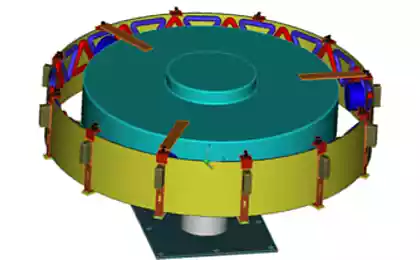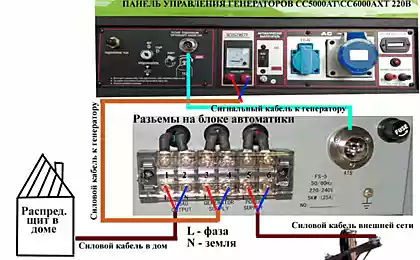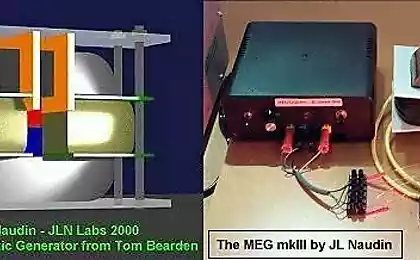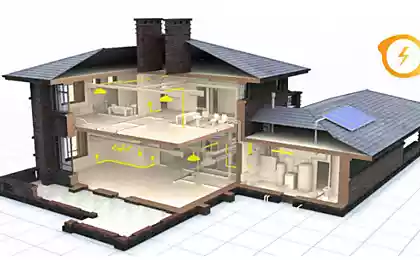438
The smallest electric generator in the world

Scientists from Columbia University and Georgia Institute of Technology have found a way to convert kinetic energy into electric power using a material no thicker than the layer atoms. They claim that invented "the smallest electric generator in the world."
Scientists have suggested that the flexible, stretchable material can be woven into clothing, which, in turn, can be body sensors, medical devices or just the phone in your pocket.
The study is described in detail in an article published in the international scientific weekly Nature.
The invention operates using the principle of piezoelectricity – the generation of electrical energy by stretching or compression of a substance. It's a well known effect that applies, for example, in tiles floor coverings, which convert the energy in electricity.
The effect was demonstrated on the example of the thin electric generator in the world is made of two-dimensional molybdenum disulfide (MoS2) is a material that early speculation has the following properties.
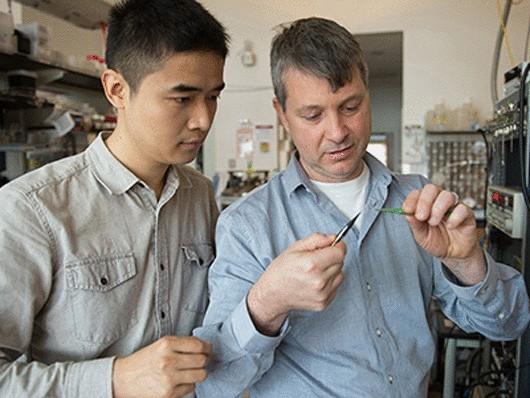
The device was created by placing thin layers of MoS2, a material consisting of a single layer of atoms on flexible plastic substrates, using optical technology to determine the location of the crystal lattices of the material. This process is necessary because the crystal structure of MoS2 gives the material piezoelectric properties only in a certain orientation. It is also highly polar, which means that an odd number of atomic layers is necessary to ensure that the piezoelectric effect is not kompensiruet.
Then, the resulting electrodes are divided into so called "flakes", when mechanical deformation which produces an electric current that is measured.
With this study, scientists were able to confirm the theoretical version, published last year, and found in particular that the output voltage changes when changing the direction of the applied deforming forces, while in samples with an even number of layers the electric current was ceased to be produced completely.
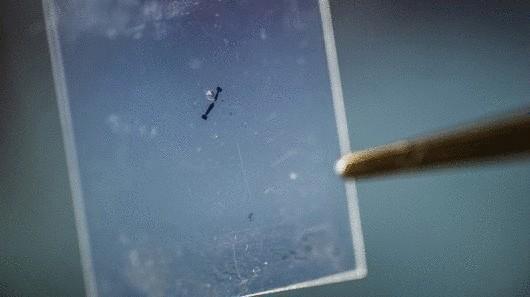
"Really interesting is that we've found is such a material like MoS2, which in itself has no piezoelectric properties in the bulk form, can become piezoelectric when the thickness becomes smaller, namely, to one atomic layer," says Lei Wang the research participant.
This is because the main part of MoS2 consists of successive layers are oriented in opposite directions, thereby generating positive and negative voltage, which balance and neutralize each other.
According to the study, one sheet of MoS2, stretched to 0.53 percent generates a peak voltage of 5 mV (millivolts) and 20 pA (pikoamper), which corresponds to the current density at 2 mW (milliwatts) per square centimeter and the efficiency of converting mechanical energy into electrical energy equal to 5.08 percent.
Scientists say the study could eventually lead to systems with ultra-low thickness, collecting the mechanical energy from the environment to supply its needs in electrical energy. published
P. S. And remember, only by changing their consumption — together we change the world! ©
Source: facepla.net
The hotel is “Shabby, Shabby” — a new word in the hotel business
7 the main beauty secrets of bollywood stars Aishwarya Paradise




